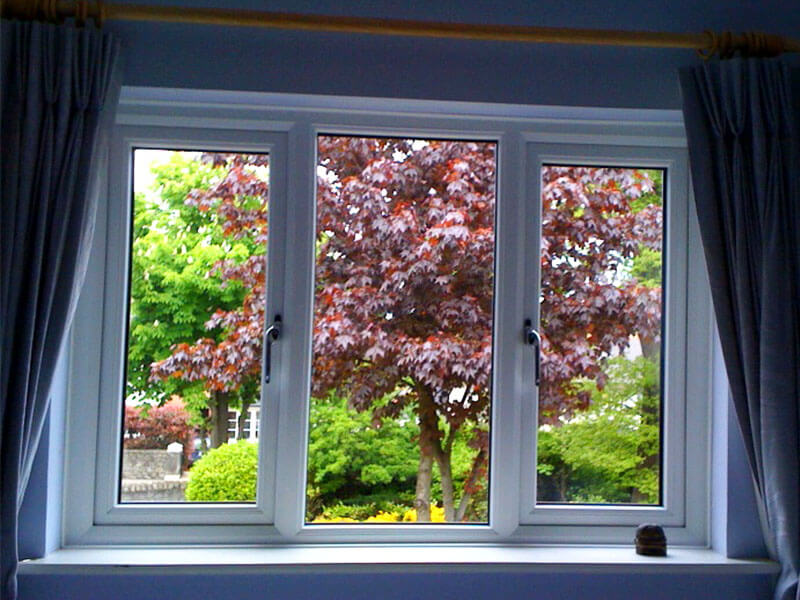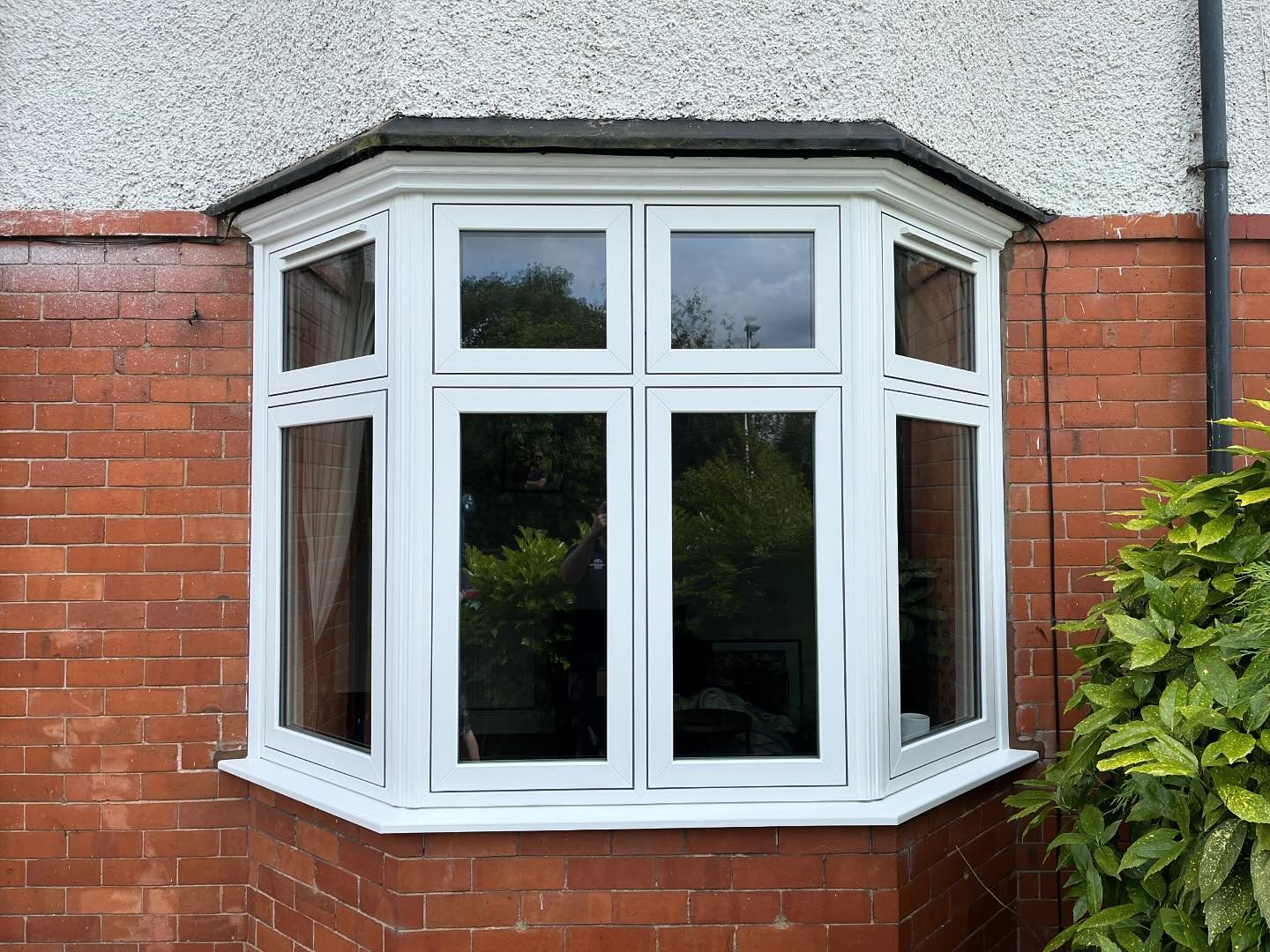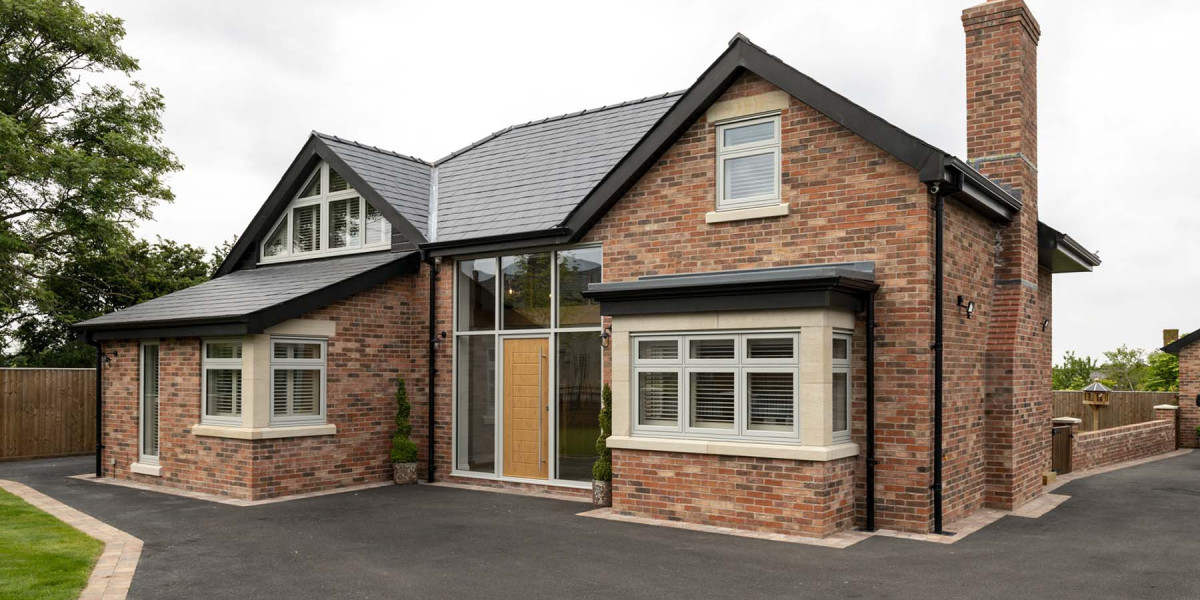Replacing windows in a home is not just a matter of aesthetics; it encompasses energy efficiency, safety, and comfort. As I embarked on the journey of replacing the windows in my own home, I documented the process, challenges, and outcomes, providing insights into the various aspects of this significant home improvement project.

The Decision to Replace Windows
The initial decision to replace the windows stemmed from multiple factors. My old windows were single-pane, which meant they were poorly insulated and allowed drafts to seep in during the winter months. Moreover, they had become increasingly difficult to open and close due to age and wear. After conducting some research, I realized that replacing these windows could lead to reduced energy costs and improved comfort levels inside the house. Additionally, I wanted to enhance the overall aesthetic appeal of my home, as the outdated windows were detracting from its curb appeal.
Researching Window Options
Before diving into the replacement process, I spent considerable time researching different types of windows available in the market. I learned about various materials, including vinyl, wood, and fiberglass, each with its own set of advantages and disadvantages. Vinyl windows stood out to me due to their low maintenance requirements and energy-efficient properties. I also explored different styles, such as double-hung, casement, and sliding windows, weighing their functionality against the overall design of my home.
Budgeting for the Project
Budgeting was another critical aspect of the window replacement process. I received quotes from several contractors and quickly realized that the costs could vary significantly based on the materials and styles chosen. While I had a specific budget in mind, I learned the importance of setting aside additional funds for unexpected expenses that could arise during installation. This foresight proved beneficial later in the project.
Hiring a Contractor
After narrowing down my window choices, I began the process of hiring a contractor. I sought recommendations from friends and family, read online reviews, and interviewed multiple professionals. It was essential to find someone who not only had experience but also understood my vision for the project. I ultimately chose a contractor who was not only knowledgeable but also willing to provide a detailed timeline and transparent communication throughout the installation process.
The Installation Process
The day of installation arrived, and I observed the entire process with keen interest. The first step involved removing the old windows, which proved to be a more labor-intensive task than I had anticipated. The contractors carefully pried the old frames from the walls, ensuring not to damage the surrounding structure. I noted the dust and debris that filled the air, a reminder of the work that was being done.
As the old windows came out, I could see the extent of the drafts and wear that had plagued my home for years. This realization solidified my decision to replace them. The new Windows By Ideal Glass arrived shortly after, each one carefully wrapped and protected. The contractors worked efficiently, installing the new frames with precision and attention to detail.
Observing the Benefits
Once the installation was complete, I was eager to test the new windows. The first thing I noticed was the difference in temperature control. The new double-pane windows provided a significant barrier against the outside elements, and I could already feel a reduction in drafts. Additionally, the ease with which the windows opened and closed was a welcome change, allowing for better ventilation throughout the house.
I also appreciated the aesthetic upgrade that the new windows provided. They complemented the architectural style of my home and improved its overall curb appeal. The natural light streaming through the new glass made the interiors feel brighter and more inviting. I found myself spending more time in rooms that I had previously neglected due to the discomfort caused by the old windows.
Energy Efficiency and Cost Savings
One of the primary reasons for undertaking this project was the promise of energy efficiency. After a few months, I began to notice a decrease in my energy bills. The new windows, equipped with low-emissivity (Low-E) glass, were designed to reflect heat in the summer and retain warmth in the winter. This feature not only contributed to a more comfortable living environment but also aligned with my goal of reducing my carbon footprint.
Challenges Along the Way
Despite the overall success of the project, there were challenges that arose during the window replacement process. One significant issue was the unexpected discovery of water damage around one of the window frames. This setback required additional repairs before the new window could be installed, leading to delays and increased costs. However, my contractor handled the situation professionally, ensuring that the repairs were completed to prevent future issues.

Reflection on the Experience
Looking back on the entire window replacement process, I realize how transformative it was for my home. The decision to replace old, inefficient windows not only improved energy efficiency and comfort but also enhanced the aesthetic appeal of my living space. The experience taught me the importance of thorough research, budgeting, and working with skilled professionals.
Conclusion
In conclusion, replacing windows in a home is a significant investment that can yield substantial benefits. From improved energy efficiency and comfort to enhanced aesthetics, the advantages are clear. Through my observational research, I gained valuable insights into the process, challenges, and outcomes of window replacement. For anyone considering this home improvement project, I would encourage careful planning and consideration of all factors involved. The result is a home that not only looks better but feels better, creating a more enjoyable living environment for years to come.








